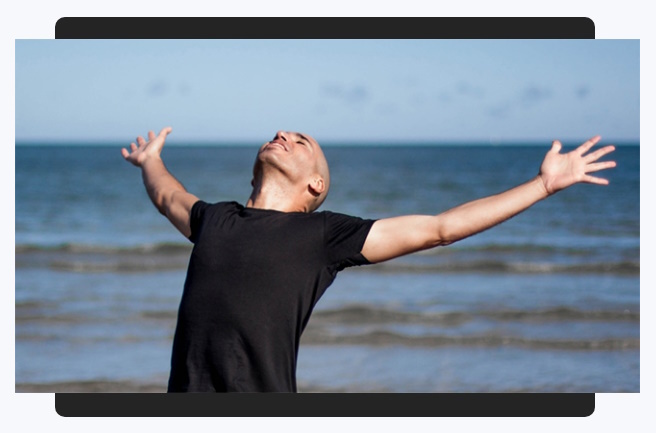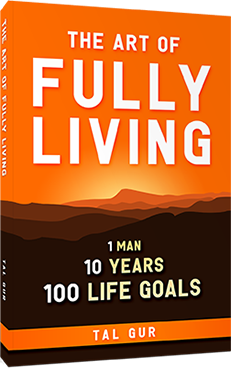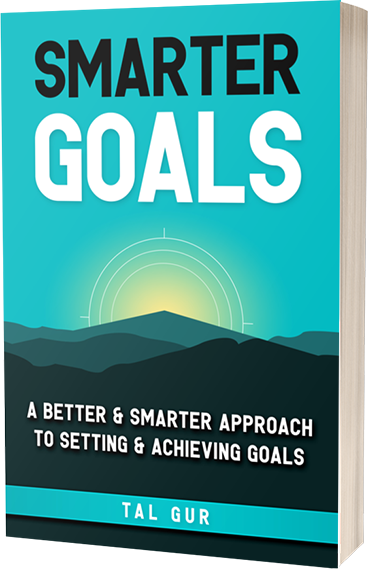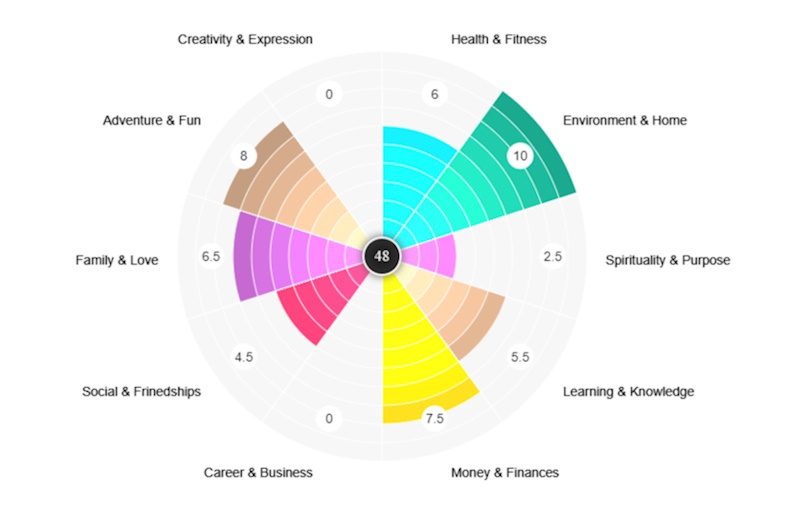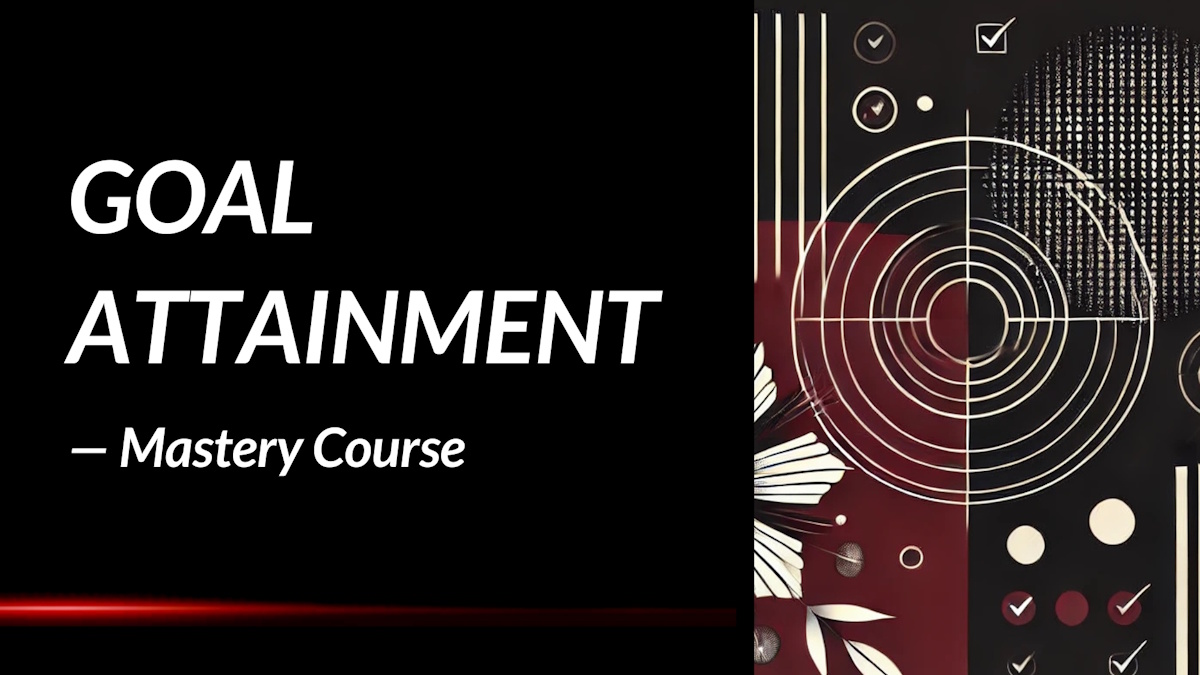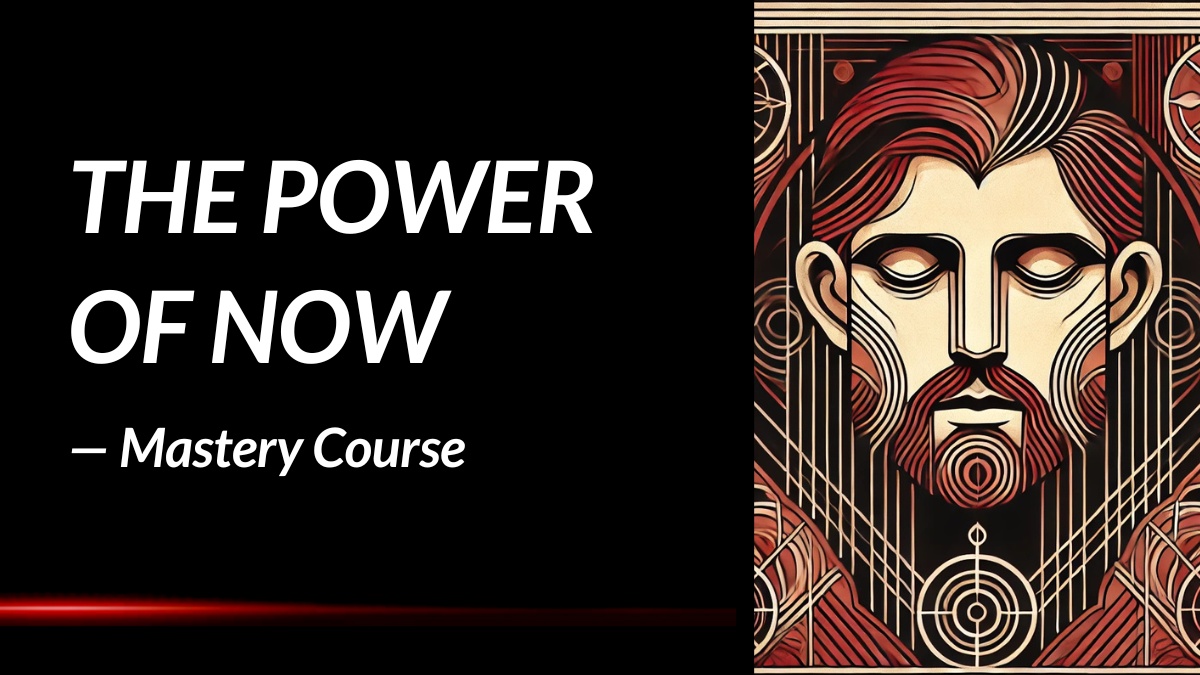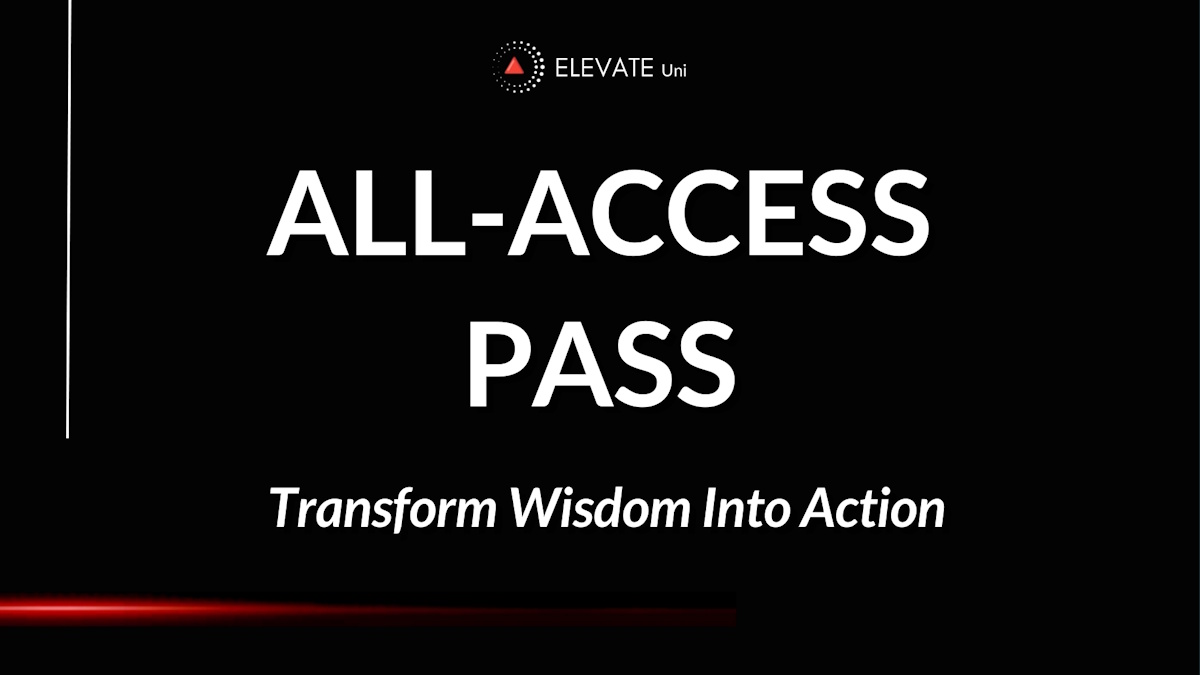It’s Not the How or the What but the Who: Summary Review
What if the secret to success isn't about your strategy or execution, but about who you choose to have by your side? In It's Not the How or the What but the Who, Claudio Fernández-Aráoz—a renowned global talent expert—makes a compelling case that surrounding yourself with the right people is the ultimate game-changer.
What is the Book About?
This book is a collection of concise, insightful essays that delve into the art and science of making exceptional "who" decisions. Drawing from decades of experience in executive search and leadership development, Fernández-Aráoz explores why identifying and nurturing high-potential individuals is crucial for success. He provides practical guidance on selecting the best people, fostering their growth, and building teams that thrive. Through real-world examples and cutting-edge research, the author illustrates how great organizations are built by focusing on the who, not just the how or what.
The book also addresses common pitfalls in hiring and talent management, such as cognitive biases and flawed evaluation processes. Fernández-Aráoz offers strategies to overcome these challenges, emphasizing the importance of emotional intelligence, cultural fit, and potential over credentials. By shifting the focus to people decisions, leaders can create more resilient, innovative, and high-performing organizations.
Book Details
Print length: 256 pages
Language: English
Publication date: June 3, 2014
Genre: Business & Leadership
Book Author
Core Theme
At the heart of this book is the assertion that people decisions are the most critical choices leaders make. Fernández-Aráoz argues that identifying individuals with high potential—those who possess the right mix of intelligence, values, and drive—is more important than focusing solely on skills or experience. He emphasizes that organizations should prioritize hiring for potential and cultural fit, as these factors are better predictors of long-term success. By doing so, leaders can build teams that are adaptable, innovative, and aligned with the organization's mission.
The author also explores the psychological biases and systemic obstacles that hinder effective hiring and promotion decisions. He provides actionable insights on how to recognize and mitigate these challenges, such as implementing structured interviews and leveraging diverse perspectives in the selection process. By adopting a more deliberate and evidence-based approach to talent management, leaders can enhance their organization's performance and resilience.
Main Lessons
A few impactful summary lessons from It's Not the How or the What but the Who:
1. Surround Yourself with the Right People
The foundation of exceptional performance lies not in having the best strategy or tools, but in being surrounded by the right individuals. Claudio Fernández-Aráoz's deep expertise in executive recruitment proves that talent decisions, especially at leadership levels, are the most pivotal factor in any organization’s success. Drawing from thousands of hiring cases and decades of research, he emphasizes that great leaders prioritize "who" they work with above all else—because with the right people on the team, even flawed strategies can be adjusted and improved, while the best strategies will fail in the hands of the wrong individuals.
2. Learn to Assess Talent with Precision
A shocking revelation from the book is how few leaders have ever formally studied how to assess people effectively. Despite having made major hiring mistakes, most managers still lack structured knowledge on selection. This knowledge gap explains why even celebrated leaders like Jack Welch made high rates of hiring errors throughout their careers. Fernández-Aráoz stresses that assessing people is a skill that can—and must—be developed intentionally. It's not just about instinct or gut feeling but applying a rigorous process that includes structured interviews, reference checks, and clear criteria for potential.
3. Typical Interviews Often Lead to Poor Decisions
One of the book's boldest truths is that traditional interviews are usually "conversations between two liars." Companies exaggerate their appeal, while candidates present idealized versions of themselves. This flawed format often results in decisions based on incomplete or misleading information. To combat this, Fernández-Aráoz advocates for meticulously prepared interviews conducted by trained evaluators who will be held accountable for outcomes. Only through structured, disciplined assessment methods can organizations avoid the costly consequences of poor hiring.
4. Potential Matters More Than Past Performance
In a world marked by rapid change and uncertainty, historical performance is no longer a reliable predictor of future success. The author argues that focusing solely on a candidate’s track record can lead to misjudgments. What matters more is their potential—their curiosity, determination, engagement, and capacity to grow. This shift in focus helps identify rising stars who may not yet have polished résumés but possess the essential traits to thrive and lead in dynamic environments.
5. Beware of Unconscious Hiring Biases
Human beings are naturally inclined to judge based on limited information, often making decisions influenced by familiarity, stereotypes, or incomplete narratives. Fernández-Aráoz illustrates this through the story of Mary and Joe—candidates with misleading surface impressions. This lesson underscores the danger of over-relying on résumé highlights or first impressions. To make smarter choices, organizations must create systems that uncover deeper truths about a candidate’s character, resilience, and real-world context.
6. Promote from Within But Benchmark Externally
While promoting internal talent can be rewarding, it’s crucial not to do so blindly. The book highlights that insider promotions often fail to move the performance needle—not because insiders are inherently inadequate, but because the assessment process is often too casual. When hiring externally, organizations typically put in more effort. The key lesson is to maintain that same level of rigor for internal hires and to always compare them against a broad pool of external talent to ensure the best possible selection.
7. Top Performers Outshine Peers by Wide Margins
The difference between average and exceptional performers isn’t marginal—it’s exponential. In high-complexity jobs, the best people deliver outcomes that are hundreds of percent higher than the average. For example, top consultants or software developers can outperform their peers by as much as 1,200%. This staggering gap in value creation reinforces why making the right hiring decision is one of the most impactful investments a company can make. Mediocrity is costly; excellence is transformative.
8. Track Hiring Success Like a Performance Metric
To truly improve hiring practices, companies need to measure hiring outcomes the same way they track sales or profitability. Fernández-Aráoz introduces the concept of a “hiring average”—an evaluative score based on how new hires perform after six months. When hiring managers know their results are being monitored, their behavior shifts from casual interviewing to more thoughtful, data-driven conversations. This level of accountability is key to raising organizational standards and building a culture of excellence.
9. Great People Decisions Begin with Strategic Planning
Effective talent management doesn’t begin with a job posting—it starts with strategic foresight. Leaders must anticipate future needs, assess their existing talent bench, and identify gaps before they become urgent. Fernández-Aráoz recommends mapping priorities, recognizing rising stars, and preparing them for larger roles through mentorship and training. Talent planning must be proactive rather than reactive if organizations want to stay agile and competitive in a fast-moving world.
10. Leadership is the Art of Talent Stewardship
Ultimately, the book reframes leadership as the disciplined practice of talent stewardship. Fernández-Aráoz argues that the best leaders are those who invest deeply in identifying, nurturing, and deploying the right people across their organizations. This principle extends beyond the workplace and into personal and political spheres—every domain that hinges on human capability. Whether you’re building a team, choosing a business partner, or influencing a community, your choices of "who" determine everything else that follows.
Key Takeaways
Key summary takeaways from the book:
- Prioritize hiring for potential, values, and motivation over experience and credentials.
- Recognize and mitigate cognitive biases in hiring and promotion decisions.
- Implement structured and evidence-based selection processes to improve decision-making.
- Invest in the development and integration of high-potential individuals to maximize their impact.
- Build diverse and cohesive teams that align with the organization's culture and goals.
Book Strengths
The book excels in combining practical advice with compelling storytelling, making complex concepts accessible and engaging. Fernández-Aráoz's extensive experience and deep understanding of talent management shine through, providing readers with valuable insights and actionable strategies. The concise essay format allows for easy digestion of ideas, making it a useful resource for busy professionals seeking to enhance their leadership capabilities.
Who This Book Is For
This book is ideal for leaders, managers, HR professionals, and anyone involved in hiring or team development. It's also valuable for individuals aspiring to leadership roles who want to understand what organizations look for in high-potential candidates. Whether you're building a startup team or leading a large corporation, the insights offered will help you make better people decisions.
Why Should You Read This Book?
Reading this book will equip you with the knowledge and tools to make more effective hiring and promotion decisions, ultimately leading to stronger teams and better organizational outcomes. Fernández-Aráoz's blend of research, real-world examples, and practical guidance makes this a must-read for anyone looking to enhance their leadership impact through smarter people choices.
Concluding Thoughts.
In a world where the right people can make all the difference, It's Not the How or the What but the Who offers a roadmap for identifying and nurturing talent that drives success. Fernández-Aráoz's insights challenge conventional wisdom and provide a fresh perspective on what it takes to build high-performing teams.
By focusing on the who, leaders can create organizations that are not only more effective but also more resilient and adaptable in the face of change. This book is a valuable addition to any leader's library, offering timeless lessons on the power of people decisions.
→ Get the book on Amazon or discover more via the author's website or social channels.
* The publisher and editor of this summary review made every effort to maintain information accuracy, including any published quotes, lessons, takeaways, or summary notes.
Chief Editor
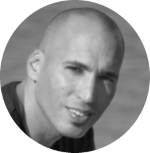 Tal Gur is an author, founder, and impact-driven entrepreneur at heart. After trading his daily grind for a life of his own daring design, he spent a decade pursuing 100 major life goals around the globe. His journey and most recent book, The Art of Fully Living, has led him to found Elevate Society.
Tal Gur is an author, founder, and impact-driven entrepreneur at heart. After trading his daily grind for a life of his own daring design, he spent a decade pursuing 100 major life goals around the globe. His journey and most recent book, The Art of Fully Living, has led him to found Elevate Society.

